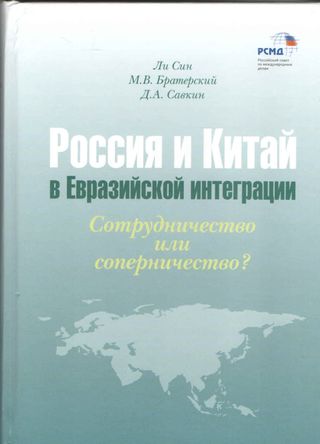?
Россия и Китай в евразийской интеграции: сотрудничество или соперничество?
Значение евразийского континента сложно переоценить. Авторитетные уче- ные — геополитики, геоэкономисты не одну эпоху пишут о ключевой роли Евразии в мировом развитии. В последнюю четверть века на континенте произошло суще- ственное перераспределение сил и интересов, связанных с распадом Советского Союза, усилением Китая, интеграцией европейских государств и повышением степени влияния США на отдельные суб-регионы. Вместе с изменением баланса сил макрорегион стал менее стабильным. Соперничество ЕС, находящегося в со- стоянии экономической стагнации, и России за защиту своих интересов привело к системному кризису и гражданской войне на Украине; поддержка Соединенными Штатами оппозиционных сил в Сирии способствовала выделению квази-госу- дарства на территории Ирака, угрожающего мировой стабильности; очередной виток палестино-израильского конфликта дестабилизировал регион. На этом фоне крупные державы разрабатывают и воплощают свои интеграционные проекты для усиления влияния на региональную стабильность и перераспределения ресурсов в свою пользу. Авторы настоящей коллективной монографии задались вопросом, являются ли два ключевых игрока на Евразийской шахматной доске — Россия и Китай — союзниками или соперниками в глобальной игре интересов? Этот вопрос становится еще более актуальным в связи с санкциями Запада в отношении России и ее стремительным «разворотом» на Восток
